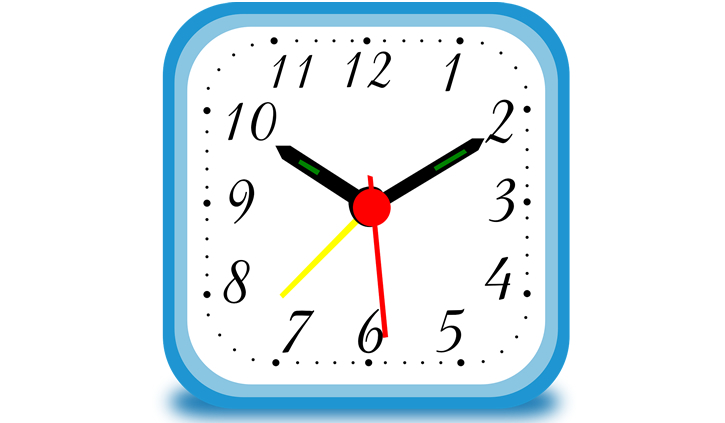New Vocabulary
Verbs:
wake up, brush (my) teeth, wash (my) face, take a shower, eat breakfast, go to school, get to school, go home,
get home, eat dinner, study, go to bed
Target Structure
Examples:
What time do you wake up? I wake up at 6:45.
Teaching the Class (before the handouts)
Use the flashcards at the end of this lesson to elicit and check your students’ understanding of the vocabulary and target structures.
After you’ve gone over the vocabulary and target structures, hand out the worksheets. Write all the new words and phrases on the board and have your students copy them down on page 1. Go over the target structure and write the new phrases on the board. Have your students copy the phrases down on page 2.
Work in Pairs
Put the students in pairs and tell them they’ll need to each choose one character from the chart. Students should circle the name but not tell their partner who they are. They should ask each other questions about their schedules to determine who they are.
Now Work Alone
Have students answer the questions based on the information they received in the pair work exercise. (Make sure they are not doing the follow-up activity and pair work activity at the same time. These are meant to be done separately.) They should first start by writing their own schedules in the blank column in the chart above.
Listening
For this task, you’ll need to decide on your own what time Jim does everything. Make statements to the class and have them fill in the clocks. As a follow-up, you could get other students to come to
the front and state their own schedules while the rest of the class listens and writes.
Group Work
Have your students choose three verbs from the lesson (or use other verbs if they’d like). They should write the verbs in the three columns at the top, and then they can walk around the class and ask five students what time they do these things every day.


